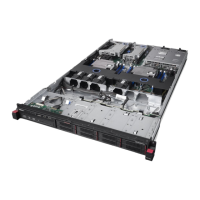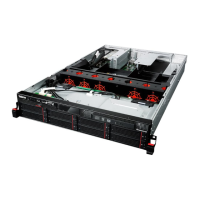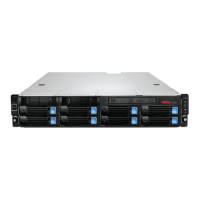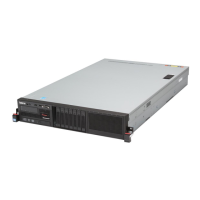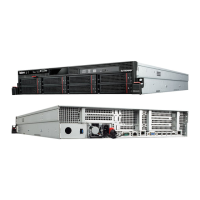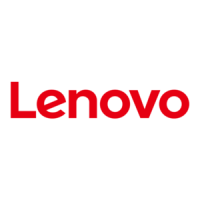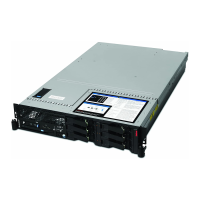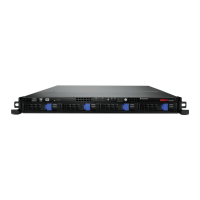Page 14
MegaRAID SAS Software User GuideChapter 1: Overview
| Serial-attached SCSI Device Interface
MegaRAID 6Gb/s SAS RAID controllers are based on the first-to-market SAS IC
technology and proven MegaRAID technology. As second-generation PCI Express RAID
controllers, the MegaRAID SAS RAID controllers address the growing demand for
increased data throughput and scalability requirements across midrange and
enterprise-class server platforms. We offer a family of MegaRAID SAS RAID controllers
addressing the needs for both internal and external solutions.
The SAS controllers support the ANSI Serial Attached SCSI standard, version 1.1. In
addition, the controller supports the SATA II protocol defined by the Serial ATA
specification, version 1.0a. Supporting both the SAS and SATA II interfaces, the SAS
controller is a versatile controller that provides the backbone of both server
environments and high-end workstation environments.
Each port on the SAS RAID controller supports SAS devices, SATA II devices, or
CacheCade – SSD Caching software devices using the following protocols:
SAS Serial SCSI Protocol (SSP), which enables communication with other SAS
devices
SATA II, which enables communication with other SATA II devices
Serial Management Protocol (SMP), which communicates topology management
information directly with an attached SAS expander device
Serial Tunneling Protocol (STP), which enables communication with a SATA II device
through an attached expander
1.2 Serial-attached SCSI
Device Interface
SAS is a serial, point-to-point, enterprise-level device interface that leverages the
proven SCSI protocol set. SAS is a convergence of the advantages of SATA II, SCSI, and
Fibre Channel, and is the future mainstay of the enterprise and high-end workstation
storage markets. SAS offers a higher bandwidth per pin than parallel SCSI, and it
improves the signal and data integrity.
The SAS interface uses the proven SCSI command set to ensure reliable data transfers,
while providing the connectivity and flexibility of point-to-point serial data transfers.
The serial transmission of SCSI commands eliminates clock-skew challenges. The SAS
interface provides improved performance, simplified cabling, smaller connectors, lower
pin count, and lower power requirements when compared to parallel SCSI.
SAS controllers leverage a common electrical and physical connection interface that is
compatible with Serial ATA technology. The SAS and SATA II protocols use a thin, 7-wire
connector instead of the 68-wire SCSI cable or 26-wire ATA cable. The SAS/SATA II
connector and cable are easier to manipulate, allow connections to smaller devices,
and do not inhibit airflow. The point-to-point SATA II architecture eliminates inherent
difficulties created by the legacy ATA master-slave architecture, while maintaining
compatibility with existing ATA firmware.
1.3 Serial ATA II Features The SATA bus is a high-speed, internal bus that provides a low pin count (LPC), low
voltage level bus for device connections between a host controller and a SATA device.
The following list describes the SATA II features of the RAID controllers:
Supports SATA II data transfers of 3Gb/s
Supports STP data transfers of 3Gb/s

